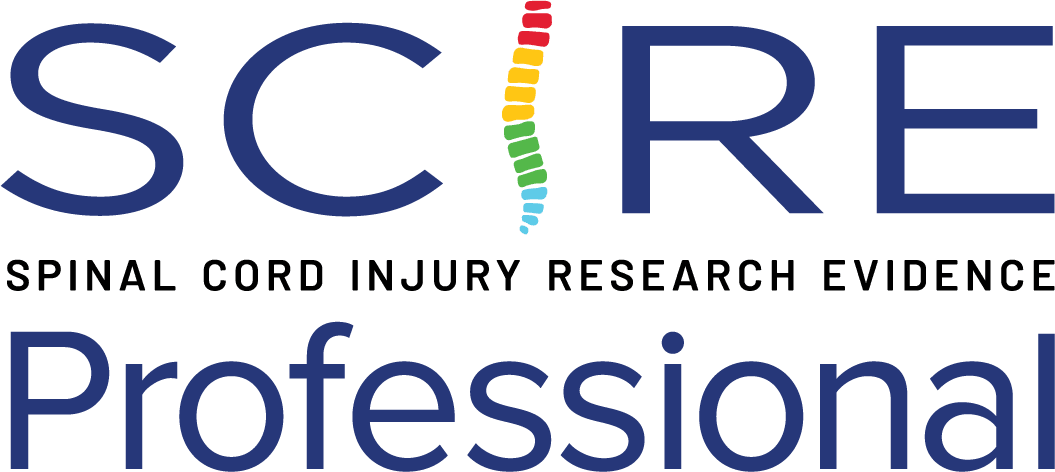Measurement Property Summary
# of studies reporting psychometric properties: 3
Interpretability
Higher scores indicate higher levels of participation.
MCID: not established in SCI
SEM: not established in SCI
MDC: not established in SCI
Typical Values
Mean (SD) Scores:
- Frequency: 34.2 (12.2)
- Restrictions: 70.0 (21.7)
- Satisfaction: 69.3 (18.0)
(Mader et al. 2016; n=1549; 1107 males, 442 females; injury level: 474 tetraplegia, 1063 paraplegia; 646 complete, 894 incomplete injury; mean (SD) time post-SCI = 16.9 (12.7) years)
Reliability – Moderate to High
Internal consistency is Moderate to High:
- USER-P Frequency: α = 0.51 – 0.70
- USER-P Restrictions: α = 0.89 – 0.91
- USER-P Satisfaction: α = 0.78 – 0.90
(Mader et al. 2016; n=1549; 1107 males, 442 females; injury level: 474 tetraplegia, 1063 paraplegia; 646 complete, 894 incomplete injury; mean (SD) time post-SCI = 16.9 (12.7) years)
(van der Zee et al. 2014; n=157; 104 males, 53 females; 69.4% complete injury; mean (SD) time post-SCI = 25.3 (26.8) years)
(Post et al. 2012; n=395; 211 males, 184 females; participants with MSK disease, TBI, stroke, neuromuscular disease (such as SCI), chronic pain, and heart failure)
Validity – Moderate to High
- Moderate to High correlation with ICF Measure of Participation and Activities Screener (IMPACT-S) total:
- USER-P Frequency: rs = 0.32
- USER-P Restrictions: rs = 0.73
- USER-P Satisfaction: rs = 0.38
- Moderate to High correlation with World Health Organization Disability Assessment Schedule II (WHODAS II) – total disability index:
- USER-P Frequency: rs = -0.37
- USER-P Restrictions: rs = -0.76
- USER-P Satisfaction: rs = -0.52
(van der Zee et al. 2014; n=157; 104 males, 53 females; 69.4% complete injury; mean (SD) time post-SCI = 25.3 (26.8) years)
- Moderate to High correlation with Frenchay Activities Index (FAI):
- USER-P Frequency: rs = 0.59
- USER-P Restrictions: rs = 0.51
- USER-P Satisfaction: rs = 0.42
- Moderate to High correlation with Participation Scale (P-Scale):
- USER-P Frequency: rs = -0.40
- USER-P Restrictions: rs = -0.71
- USER-P Satisfaction: rs = -0.73
(Post et al. 2012; n=395; 211 males, 184 females; participants with MSK disease, TBI, stroke, neuromuscular disease (such as SCI), chronic pain, and heart failure)
Responsiveness
No values were reported for the responsiveness of the USER-P for the SCI population.
Floor/Ceiling Effect
- Floor effects:
- USER-P Frequency: 0.0%
- USER-P Restrictions: 0.3%
- USER-P Satisfaction: 0.3%
- Ceiling effects:
- USER-P Frequency: 0.0%
- USER-P Restrictions: 9.5%
- USER-P Satisfaction: 3.0%
(Mader et al. 2016; n=1549; 1107 males, 442 females; injury level: 474 tetraplegia, 1063 paraplegia; 646 complete, 894 incomplete injury; mean (SD) time post-SCI = 16.9 (12.7) years)
Reviewers
Dr. Carlos Leonardo Cano-Herrera, Matthew Querée
Date Last Updated
31 December 2024
